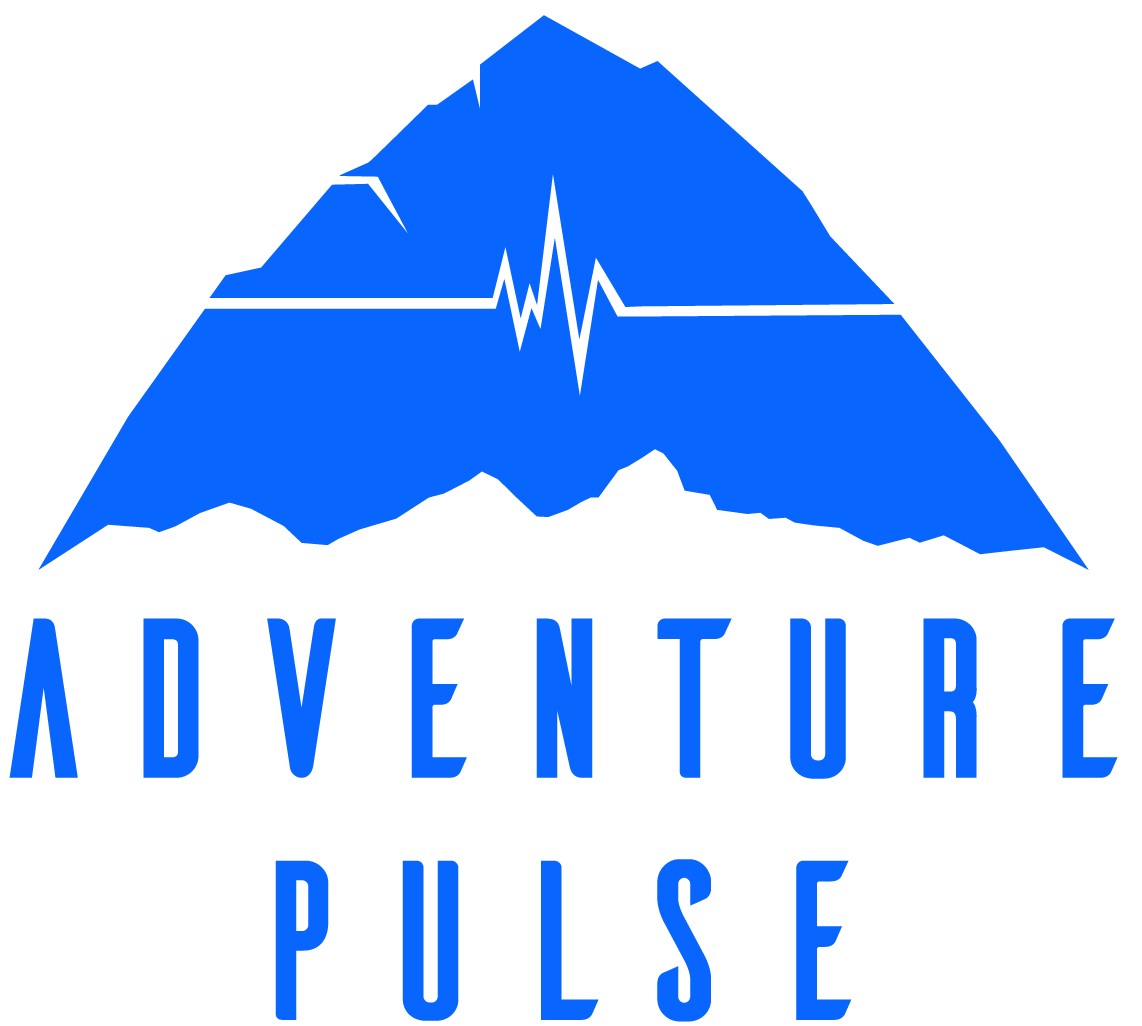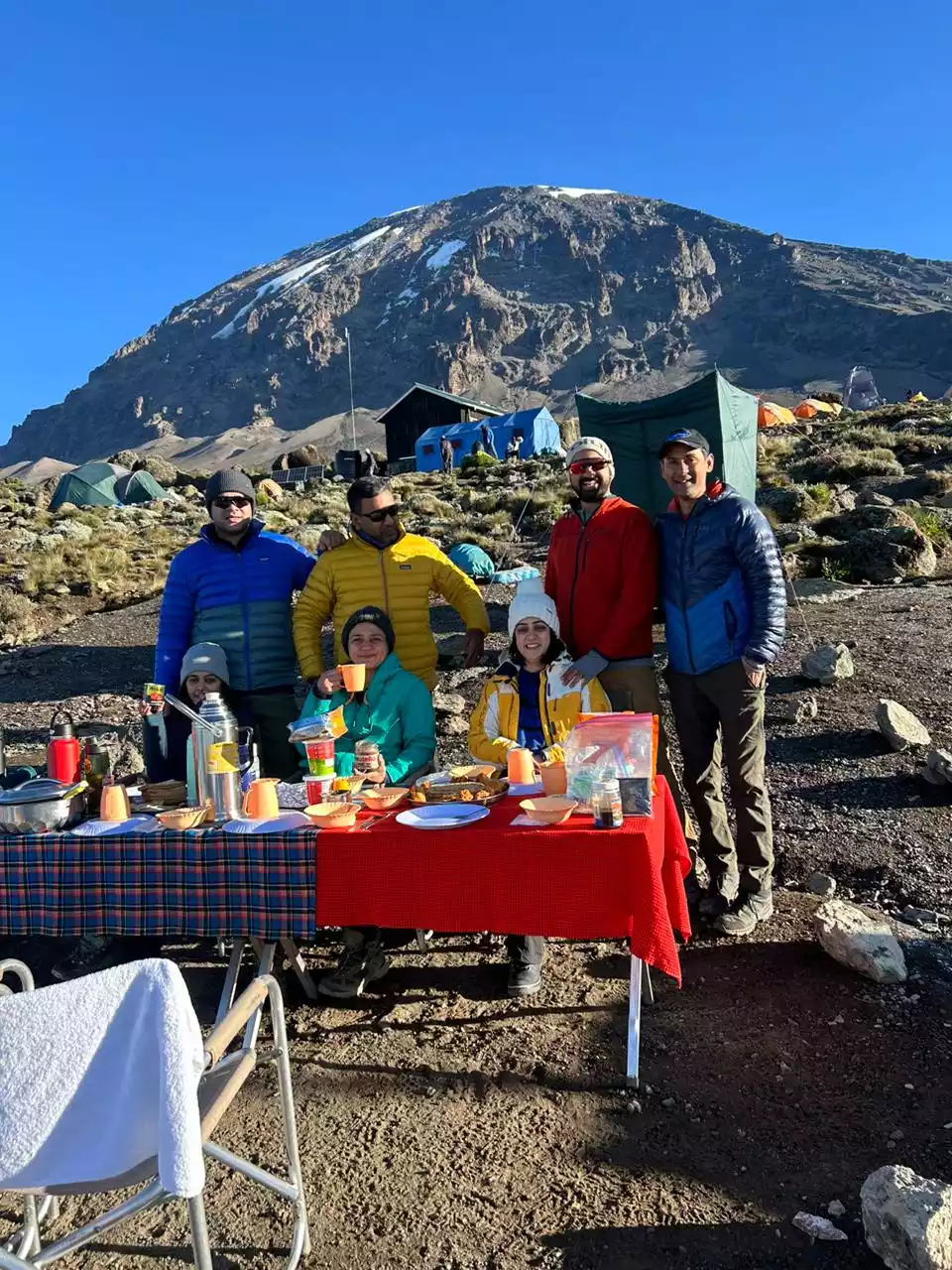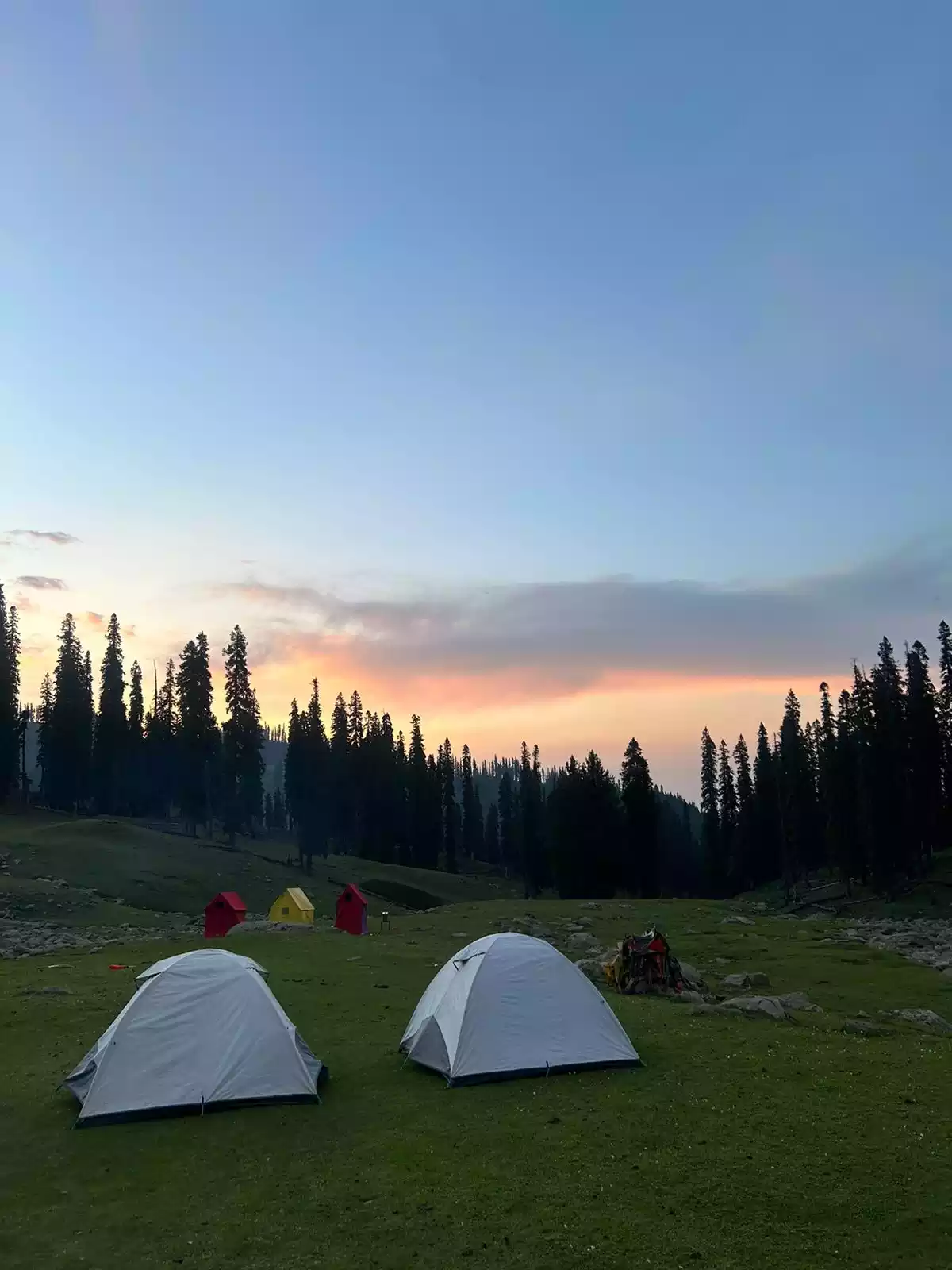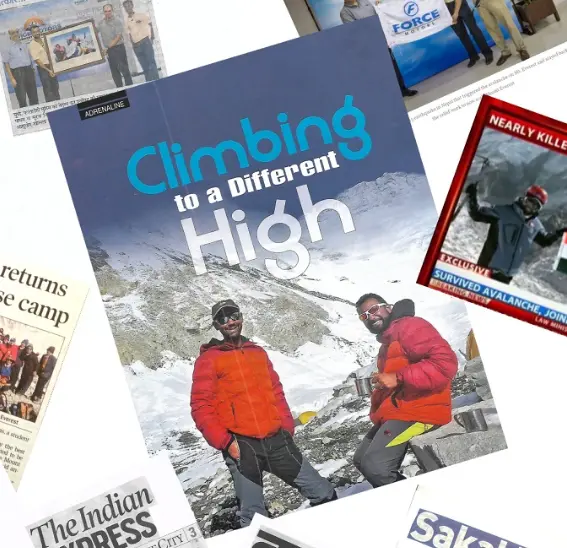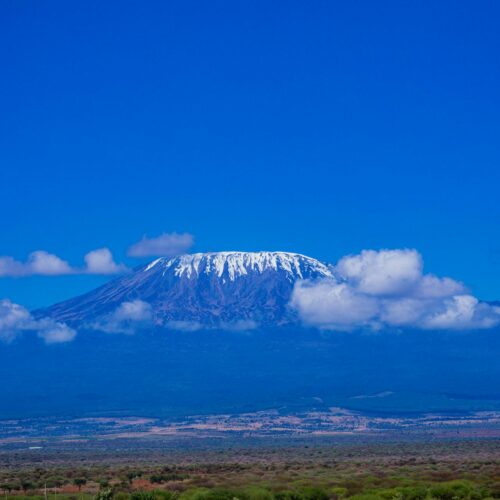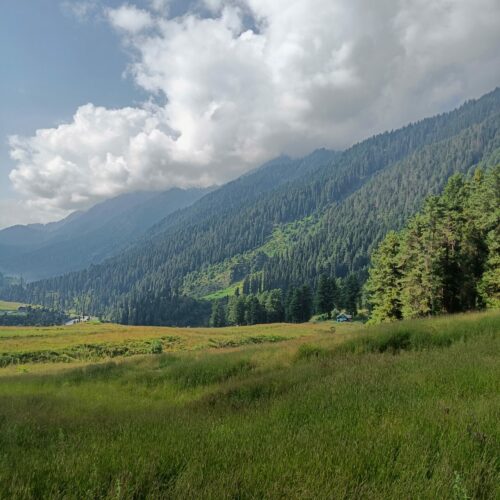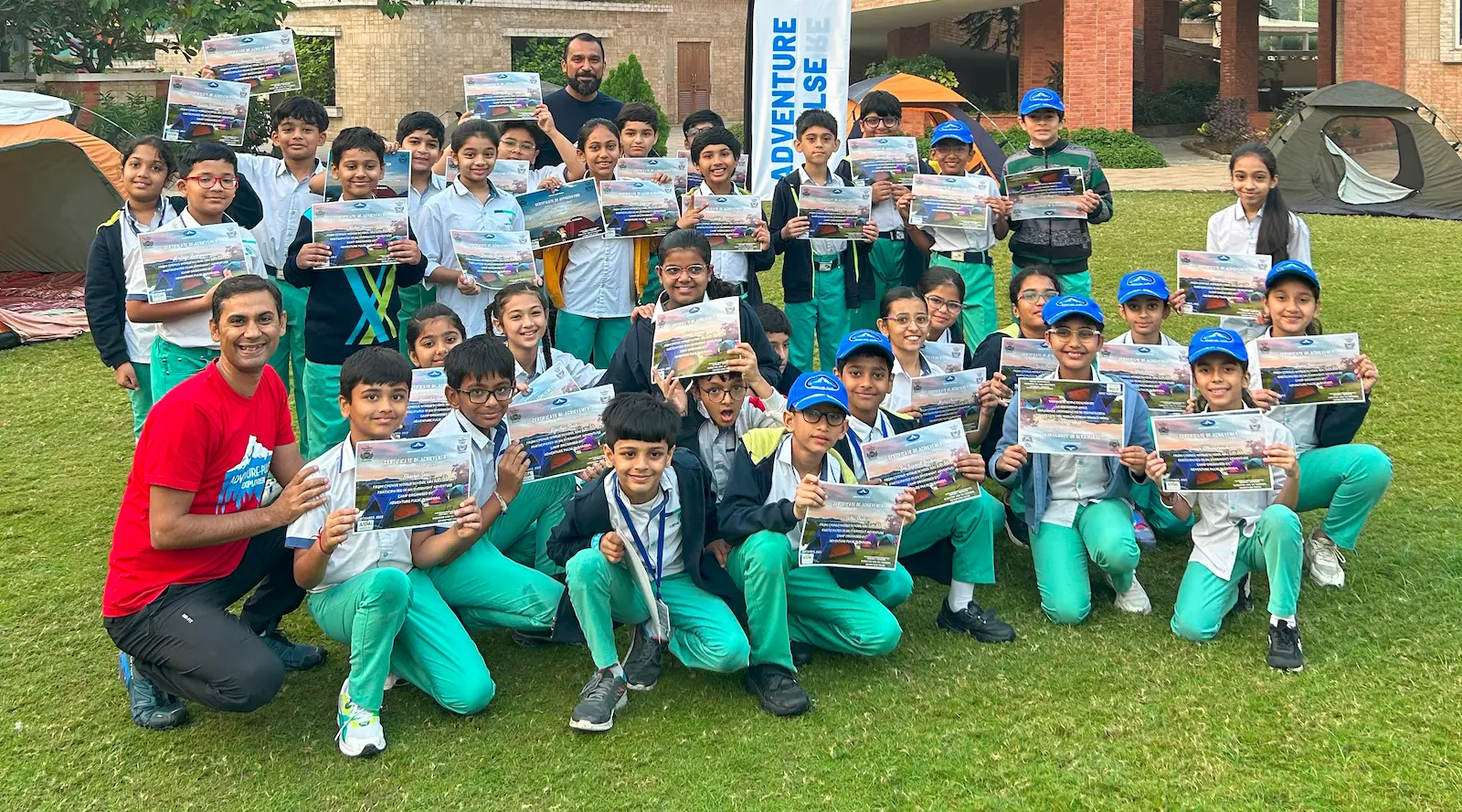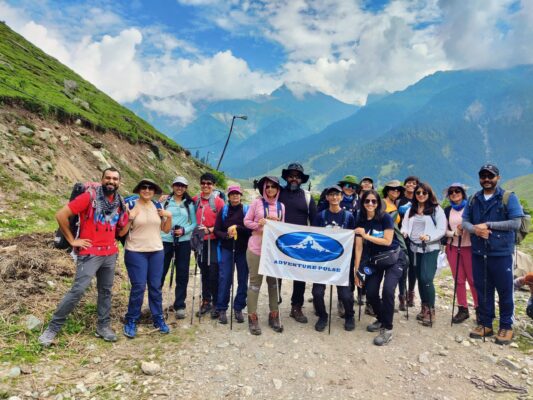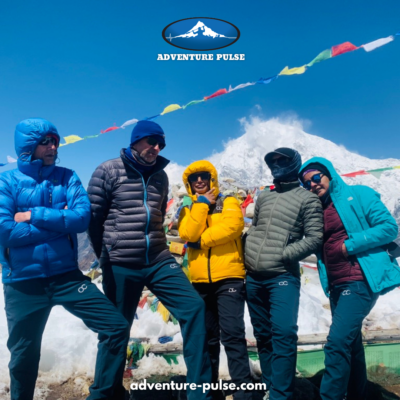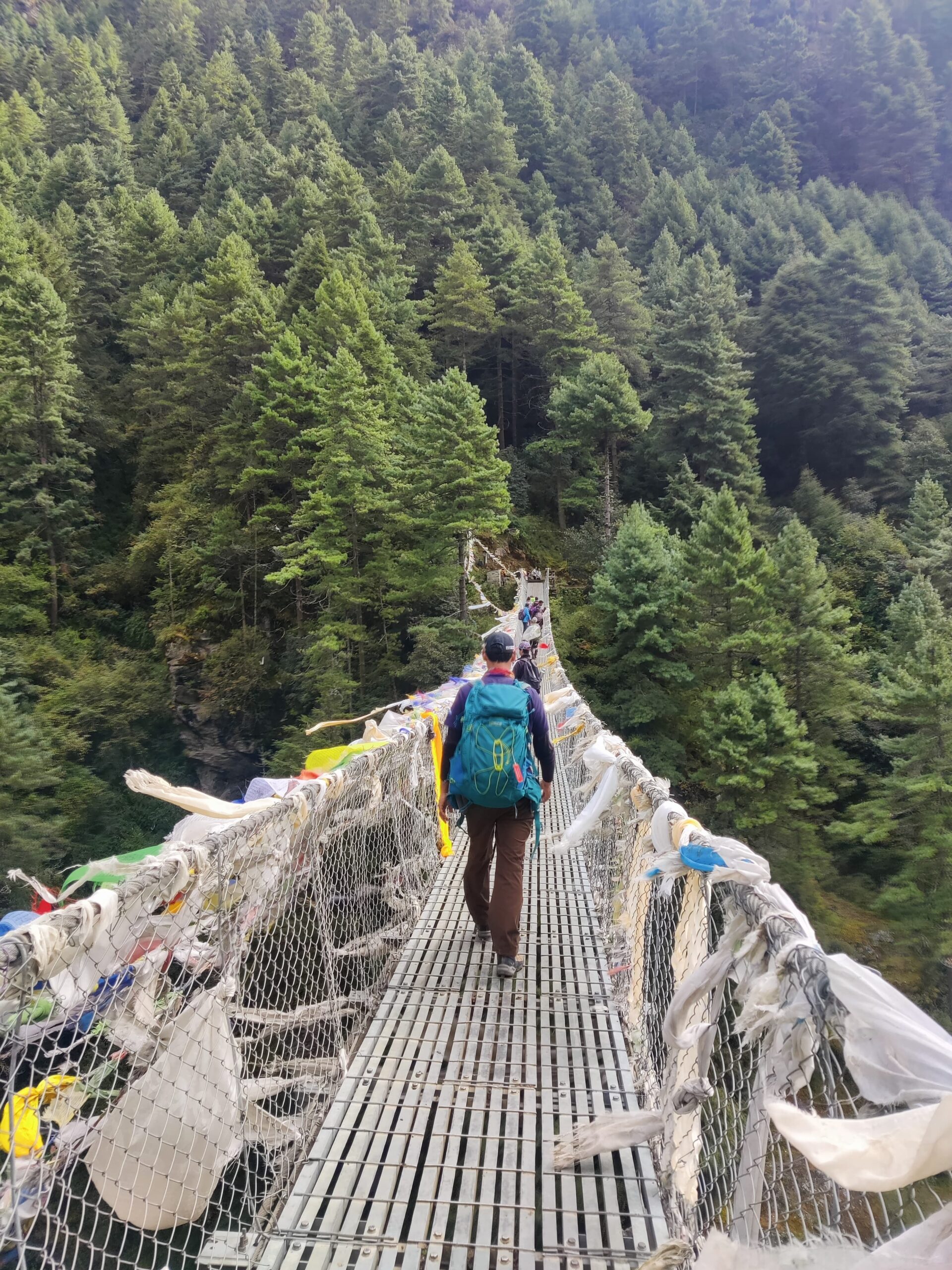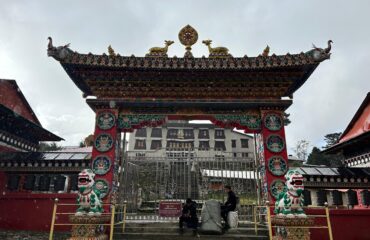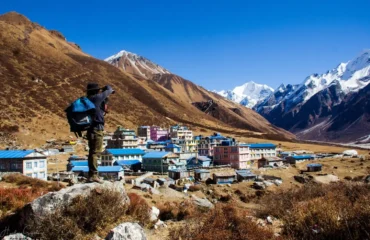
Introduction
The Uhuru peak is the highest point of Africa, free-standing with dormant Kibo at 5,895 meters. No matter which route you are trekking from to climb Kilimanjaro, the Uhuru Peak is the ultimate goal of all. Mount Kilimanjaro is an iconic destination for all trekkers. As mentioned in our earlier blogs, if you are physically fit, then you can easily climb Kilimanjaro without having any prior experience. The summit Mount Kilimanjaro, while enjoying its spectacular landscape is very achievable with the right fitness level and capable operators.

Overview of Kilimanjaro and Uhuru Peak
Kilimanjaro and Uhuru Peak have their own uniqueness. The grandeur of Kilimanjaro has a diverse ecosystem, from tropical rainforest to the alpine desert and moorland with shrubs and bushes. After being recognized by the UNESCO World Heritage Site, it has given a new face to Tanzania and its flora and fauna.
The geographical aspects of Mount Kilimanjaro are the composition of three main cones: Namly Kibo, Shira and Mawenzi. But this Uhuru peak lies in Kibo and is the central and tallest cone of all. Once you cross the rainforest and reach the moorland, you will see the lavas of the volcanic eruption that is believed to have erupted 2.5 million years ago. The lava makes the land very fertile and good for vegetation. You will see two different, contrasting landscapes ever. Firstly, this is the volcano, which has glaciers on top and dry grassland at the foot of the mountain. You can also feel the change of weather and temperature every minute on the trek. The slow breeze of wind will freeze you when it meets your sweat on the body.
Start time – Duration – Terrain
The Uhuru peak is the summit point and the highest peak of Africa. This is the final walk to reach the summit. Mainly Uhuru Peak is one of them; the other two are Stella Point and Gilman’s Point. This walk starts at midnight by 2-3 am with the head-torch and takes about 6 to 8 hours depending upon which route you choose. The Stella Point and the Gilman’s Point are located lower in the crater rim. The Stella Point is named after Estella Latham, the first woman to reach Mount Kilimanjaro in 1925. And Gilman ‘s Point is named after Clement Gillman, who was an early European to explore Kilimanjaro. He also contributed to the exporting and mapping of this region.

It is suggested to reach early to witness the sunrise from the peak. The snow-covered peak with the sunlight feels like walking in the heavens. The weather is very uncertain in the mountains, and it is the same in Kilimanjaro. You can walk beside the clouds and feel the mist.
The summit –
The view from the top is very certain, as if there is a cloud castle with no visibility. You can also feel the volcano and the presence of ashes near the summit. There is loose rock and gravel in the last ascent so walk very carefully. Calculate your own pace and walk, as at the higher altitude the chances of AMS are high along with headache and dyspnoea. Once you reach the summit, the panoramic view becomes like a reel transition from dark night to the orangeries-red sunrise. The breathtaking views and the feeling of capturing the floor of heaven become a trophy. The view beats the extreme cold and wind. When you walk, you feel the warmth of the sun, but when you stop for the view, the sweat inside with a gentle breeze freezes you. Unbeatable views are a parallel sense of achievement to your physical strength.
Challenges Towards the Summit and Focusing on Descent
There are many challenges one can face to reach the summit from Day 1 or the time you land in Tanzania. Starting with jetlag once you reach there after flying for long distances and hours. Then, the transfer to the national park gate, with all check- in and permit procedures.
During the climb for the summit, there are a few challenges on ascent and descent on the trek state below:
Challenges on the Ascent :
- The major issue is that everyone faces higher altitude sickness. As the altitude goes higher, the amount of oxygen reduces. This makes a hiker feel sick and leaves them with headaches, dyspnoea, nausea and fatigue. Any problems or any difficulty you face, immediately tell your guide. At an early stage, this can be treated with medicines.
- Secondly, the other factor is the freezing temperature and strong wind. No one has this experience at home. And as you go higher, the temperature drops little by little. The strong wind in the middle of the walk is also a barrier. Cover yourself fully from top to bottom and please wear your sunscreen, moisturizer, and lip balm. Your skin in the mountain breeze will chap and will make it more dry and sensitive. Higher altitudes also make UV rays affect your skin much more.
- The steep terrain of the trek is also one of the challenges. Weather you cross the Lava Tower or the Barronco Wall, you will be exposed to rocky edges and boulders around. The main struggle remains until the final summit day.
- On one hand, you have to ascend a distance of 4-5 km and on the other, you have to descend 10 kilometers. This is the toughest and the most challenging part of the whole trek. This summit day starts at midnight, as this is very steep and needs ample time. Additionally you also then get some rest time to spend at the Uhuru Peak. We suggest getting good sleep a night before and saving as much energy as you can.
Challenges on the Descent
- Similar to ascent, the descent can also tough and it usually differs from person to person. though it is not hard on your cardio vascular fitness, descent usually demands some basic techniques to be followed to ensure you don’t fall.
- The Descent on Kilimanjaro, needs only two to three days, depending on which route you choose. The descent starts from the Uhuru Peak and needs focus on the lower body; that is, the knees, your calf and your foot. You have to focus more on muscle power during the downhill journey. Ensuring you keep your core engaged and be light-footed where needed, without losing balance is a skill that comes with practice. Look at every step downward and avoid the loose rocks to ensure your safety. Keep a good grip and keep your body weight on both legs. These are few points to keep in mind while you descend down the mountain.
- There will be exhaustion, and as you have already climbed 5 km, your body might need some rest. Do not hurry in any way. Take some rest along with the pictures and be patient. Again, always listen to every word your guides instruct as they come with a lot of years of experience.
- Often we see people in a hurry make the wrong step and slip. Hence, keeping a calm, focused and positive mind will be helpful. Just be yourself, follow the guide’s instructions and you will have a safe landing.
Factors That Can Adversely Affect a Successful Summit
There are few factors that can adversely affect a successful summit. When you plan for Mount Kilimanjaro, keep a few things in mind before hand and prepare yourself accordingly.
- Choose the proper route for the summit, as this is also one of the major factors. As Machame and Lemosho give adequate time for acclimatization, it reduces the risk of altitude sickness. Poor acclimatization may lead to several problems of altitude sickness, like dyspnoea, nausea, dizziness and fatigue.
- You need physical preparations. Whoever says Kilimanjaro is for all is not true. You need proper physical and mental preparation. Exercise, train your lower and upper body, and practice scrambling you all need for Kilimanjaro.
- Along with all, you also need proper clothing and equipment. Every single night is cold. Many people think as Africa is a hot continent, you can trek in t-shirts and shorts only. Here every single night it is cold and freezing. As the sun goes down, the temperature lowers significantly in the night. You will need sweaters, jackets, thermals, gloves, and shocks to protect you from the cold.
- Many times the weather fluctuates beyond your imagination. The icy wind becomes so heavy that it is not easy to move a step. Check the weather forecast beforehand. Carry raincoats and umbrellas for rain, as you might get in some places.
- Lastly, focus on meals and hydration. Do not eat too much that you have to run for toilets every time, but also do not eat too little that it weakens your body. Get proper nutrition that is needed for your body and also drink lots of water to stay hydrated. Water too freezes on the summit night so carry hot water, cover your bottle with socks and then put it upside down. As water freezes from top to bottom, you can still sip the water.
Fitness preparation
Trekkers who are attempting for Mount Kilimanjaro need to be mentally and physically fit. It is said that anyone can climb Mount Kilimanjaro with good fitness but to be truthful, you need preparations. Depending on your current levels of fitness, you would need to train anywhere between 3 to 6 months before starting your journey.
Boosting stamina and strength to cross each section of the trek is just like one step ahead to Uhuru Peak.
Some of the recommended workouts that can help you with your expedition are here –
- Exercises like running, climbing stairs, swimming etc. that help with building your cardio vascular health are a must. These exercises when done consistently, not only strengthen your body but will also help you adapt to altitude. As you gain altitude on a trek, your body tends to struggle and finds it difficult to act at its 100% capacity.
- If your body is used to high heart rates and cardio vascular movements, it’ll automatically adapt quicker to the changing environment.
- Morning walks and yoga really help one to keep your body moving freely and also enhance your stamina. Yoga not only strengthens you physically, helps you with your lung capacity but will also help you mentally.
- Along with your physical fitness, also strengthen your mental stability and a positive mindset to conquer the peak. Many a time trekkers feel low and give up even though their body has the capacity to make it, but their mind takes a back seat. Keeping high spirit, will go a long way in helping your morale.
Clothing and accessories –
It is very essential to have the right kind of clothing and accessories in the mountains when on an adventure. Especially for an expedition to Kilimanjaro, where the weather can turn really cold, your apparel will come in handy to protecting you from the hard conditions.
Adventure Pulse offers a backpack offloading service as part of all our packages. You won’t need to carry your heavy rucksack while trekking. Your duffel bag will be transported by porters, who will ensure it arrives at the next destination before you do. You’ll only need a small daypack containing essentials like a light jacket, windcheater/raincoat, and water bottle.
For a detailed list of items to carry, refer to our recommended checklist.
Pro Tips for a Comfortable Experience
-
- Find the best route that helps you with acclimatization. Reach out to subject matter experts as their experience will help you make the right decision. .
- Stay hydrated and also take proper nutrition.
- Walk at your own pace. It is very important to walk slowly and steadily.
- Understand how important layering is and layer yourself well. Wear thermals and carry a fleece jacket and a raincoat or poncho. Keep your extremities covered at all times.
- Have a positive approach. Give your best on the trek and do not rush; enjoy the journey and accept challenges. This is what adventure is all about.
Conclusion
The uniqueness of this Uhuru Peak is a true testament to challenging a person mentally and physically. The climb to Kilimanjaro is the combination of the panoramic landscape, the fresh air, and the willpower to reach the summit. The victory over Uhuru Peak will always remain in your memory as a symbol of realization, adventure and bravery.
Blog Credits – Nabamita Choudhury
